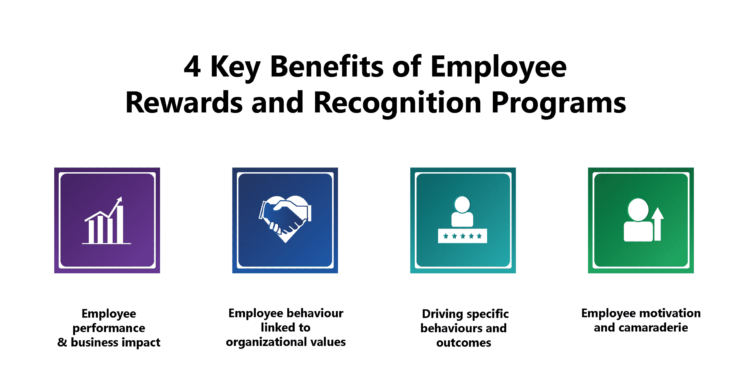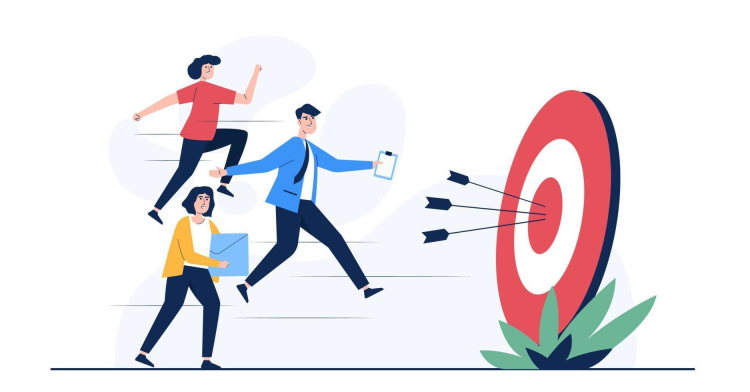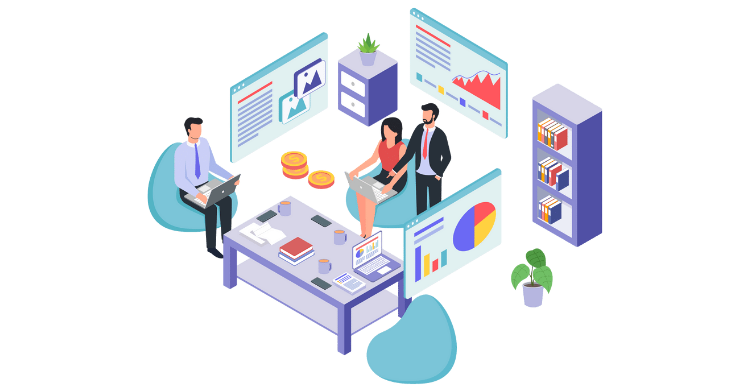1. Employee rewards and recognition programs enhance performance, positively impacting key business metrics such as revenue, costs, and customer satisfaction.
2. These programs help align employee behavior with organizational values, such as ethics, commitment, and customer-centricity.
3. They foster a positive work culture by encouraging innovation, process efficiency, and social awareness, which traditional performance assessments may not effectively incentivize.
4. Openly recognizing achievements promotes teamwork, collaboration, and a culture of appreciation within the organization.
Organizations want to see tangible benefits of employee rewards and recognition programs to justify their investment. Hence, the HR team must continuously demonstrate the program’s benefits to management.
At HiFives, we have had long and deep engagement with our clients for their employee rewards and recognition programs.
Based on this, here are a few of the benefits of employee rewards and recognition programs:
1. Employee Performance and Business Impact
2. Alignment with Organizational Values
3. Positive Work Culture
4. Teamwork and Collaboration


Effective employee rewards and recognition can motivate employees to perform at their best.
It would positively impact key business metrics, such as revenues, costs, and customer satisfaction.
For example, an employee rewarded for good customer service is likely to continue performing at the same or higher level. It might also motivate his peers to demonstrate higher levels of performance.
The same would be true for an employee recognized for cutting costs or driving innovation.

Rewards and recognition programs can encourage desired behavior from employees that aligns with the organization’s core values.
These core values may include ethics, commitment, customer-centricity, passion, or collaboration.
For example, employee who met a critical deadline might be eligible for an award under the category of commitment.
Another case could be that of an employee who resisted attempts to secure a contract by offering ‘personal incentives’.
It is crucial to keep the employee’s behavior and the outcomes of the action separate in both examples.

Through these recognition programs, the organization can promote specific values, such as innovation, process efficiency, punctuality, and social awareness.
For example, employees can be incentivized for good suggestions on process improvement.
Another example could be that of recognizing an employee who participated in a important social initiative outside of the organization.
It isn’t easy to incentivize such behaviors through traditional performance assessments and regular compensation systems.
Hence, employee rewards and recognition are potent tools in the HR team’s toolkit for driving such behaviors.

Employee rewards and recognition can help create a positive atmosphere of celebration of achievements within the organization.
It can help foster individual-level motivation and overall team spirit. Open recognition of employee achievements can go a long way in building a great culture of appreciation.
It is important for organizations to track the benefits of their employee rewards and recognition programs and to take action based on the gap between the actual and expected results.

Lead author: Sagar Chaudhuri, the Co-Founder and CEO of HiFives. He is an HR Tech Evangelist with over 25 years of experience in both corporate and entrepreneurial settings. Previously, Sagar has held leadership roles at companies including Genpact, Infosys, and ICICI Bank. He has an engineering degree from IIT Kharagpur and an MBA from IIM Lucknow. Connect on LinkedIn
To stay updated on the latest HiFives blogs, follow us on Twitter (@MyHiFives)